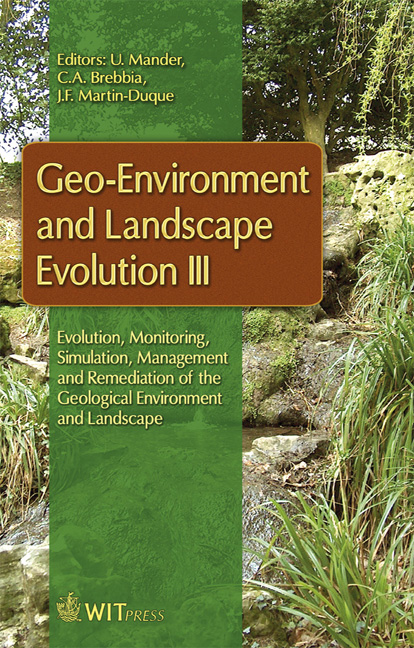Novel Combined Approach For Bedrock Incision Analysis: Geochemistry And Hydraulic Modelling. Loire River Application (France)
Price
Free (open access)
Transaction
Volume
100
Pages
10
Page Range
87 - 96
Published
2008
Size
1,606 kb
Paper DOI
10.2495/GEO080091
Copyright
WIT Press
Author(s)
M. Tombozafy, D. Mimoun, M. Batton-Hubert, D. Graillot, D. Garcia & A. Aoufi
Abstract
The goal is to accurately forecast or understand erosion and deposition in bedrock river channels. The Loire River (France) was chosen as a case study. Like most European major rivers, the Loire presents an accelerated incision (2.5m during the last 150 years). Current models are limited because they can only accurately simulate aggradation and degradation on alluvial river containing non-cohesive and cohesive sediments. In our case, these models are not efficient along the whole length of this river. This is because of the outcropping of bedrock. This obstacle led us to establish a new manner to characterize bedrock incision not only by particle impacts but also considering stream flow intensity. To complete this work, we use the geochemical signature of transported materials to quantify the amount of substratum eroded between two sampled areas. This allows us to validate the results of the hydraulic model. Keywords: sediment transport, bed-load, stream flow, geochemistry, erosion, bedrock outcrop, numerical scheme. 1 Introduction The consequences of river incision are multiple: bridge scouring and structure failure, dam breaks, deeper lowest water levels, decreasing water tables, ripariale
Keywords
sediment transport, bed-load, stream flow, geochemistry, erosion, bedrock outcrop, numerical scheme.





